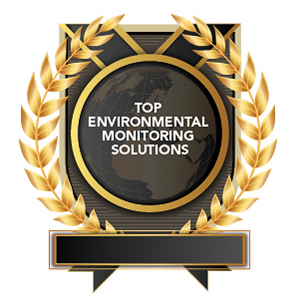\\\\\\\\\\ Top Environmental Monitoring Solutions \\\\\\\\\
-
Dickson
Dickson provides comprehensive environmental monitoring solutions, including software, equipment, and services, for industries requiring regulatory compliance worldwide. Their innovative systems wirelessly monitor temperature, humidity and other environmental parameters, enhancing compliance, quality management and traceability across sectors such as pharmaceuticals, life sciences, research, biotech, healthcare, logistics and manufacturing.
-
Pine Environmental Services LLC
Pine Environmental Services LLC offers rental equipment for environmental monitoring, non-destructive testing, visual inspection, safety and field supplies across the U.S. and Canada. Their inventory includes air, water, soil, noise and survey monitoring instruments, all maintained under strict quality control. They support industries such as environmental consulting, industrial hygiene and infrastructure inspection.
-
QED Environmental Systems
QED Environmental Systems is a leading manufacturer of environmental monitoring and remediation equipment, precision-engineered pumping solutions and gas instrumentation. Their products serve various markets, including biogas and biomethane, environmental remediation, food and beverage, landfill gas management, marine and security, medical, oil and gas, and water treatment.
-
Rees Scientific
Rees Scientific specializes in continuous automated environmental monitoring systems for critical equipment and parameters, including temperature, humidity and differential pressure. Their solutions cater to various industries, such as blood and tissue banking, pharmaceuticals, biotechnology, cleanrooms, hospitals, pharmacies, biomedical research, repositories, forensic labs, in vitro fertilization, refrigerator and food monitoring, and vaccine storage and monitoring.
-
Temtop Inc.
Temtop Inc., a subsidiary of Elitech Technology Inc., specializes in environmental particulate matter and air quality monitoring instruments. Their product range includes handheld air quality monitors, indoor air quality monitors and outdoor air quality stations, serving applications such as indoor and outdoor air quality assessment, dust monitoring, clean spaces, HVAC systems and industrial hygiene.














